Eyelets are hollow cylinders with one side ending with a cuff. They are used to reinforce and protect the opening of the leather or fabric. Eyelets can be applied manually or using a hand press. In our photo manual, we will show you both ways.
The eyelets consist of two parts (an eyelet and washer). Like the rivets, they are available in various sizes and finishes. Conventional eyelet diameters range from 3.6 to 7.2 mm.
Use of eyelets in production
Although it might not be obvious at first glance, the use of eyelets is very broad:
- Footwear production
- Saddlery manufacture – harnesses, leashes, collars, belts, straps
- Haberdashery production – bags, backpacks, knapsacks, bags, briefcases
- Garment manufacture – decorative fastening
- Manual production – labels, tags
- Automotive – tarpaulins for trucks
Manual application of eyelets
You will need:
- a manual application tool for eyelets,
- eyelets,
- puncher or punch pliers,
- rubber pad,
- hammer or mallet.
Knockout a hole
- Make a mark, where you want to place the eyelet.
- Place the material on a punching pad face up, put the puncher perpendicular to where you want to punch a hole and hammer strike the top of the punch. The diameter of the hole should not be too small or large. If the hole is too tight, the eyelet may not come through the hole. On the other hand, if the hole is too big, the eyelet could be ripped out of the material.
- The pressure from the hammer will punch a hole. The material should be perforated with one blow. Instead of puncher, punch pliers can be used.
For textile materials, on the opposite side of the place where you apply the eyelet, there needs to be an iron reinforcement glued there. To solidify the material with a reinforcement is also recommended for eco-leather and artificial leather.
Manual riveting of eyelets
The procedure is very similar to manual riveting:
- On your worktop place the lower cylindrical part of the application tool. Put the eyelet edge first in to the recess.
- Put the material on the eyelet face down.
- On the reverse side of the material fit the washer.
- Insert the riveting tool into the eyelet hole. Make sure you insert the entire underside of the riveting tool into the hole.
- Strike the hammer on the riveting tool through the washer. Then you will fasten the upper side of the eyelet, thus creating a permanent connection between the two parts of the eyelet.
It is important to tap the hammer on the riveting tool only once and with greater force.
- If you repeat the stroke, you can create uneven edges or shift the washer.
- If you use insufficient pressure on the riveting tool, the edge of the eyelet wont bend over the washer and will not create not a permanent connection between the eyelet and the washer.
Applications of eyelets using a press
For application using a hand press you will need:
Riveting eyelets with a press
- Fit the application tool in the hand press and tighten the screws.
- Insert the eyelet rim down into the hollow bottom part of application tool.
- Place the material face down on the eyelet.
- Fit the washer on the reverse side of the material,
- Move the lever from the upper to the lower position. The washer will be fastened to the eyelet.
Benefits of using a hand press
- The force exerted on the eyelet is the same on the entire surface. This prevents uneven riveting, washer displacement and deformation of the eyelet.
- The application tool has a sliding central part. Using a press, eyelets can be applied even to very thin materials.
- The application is fast.
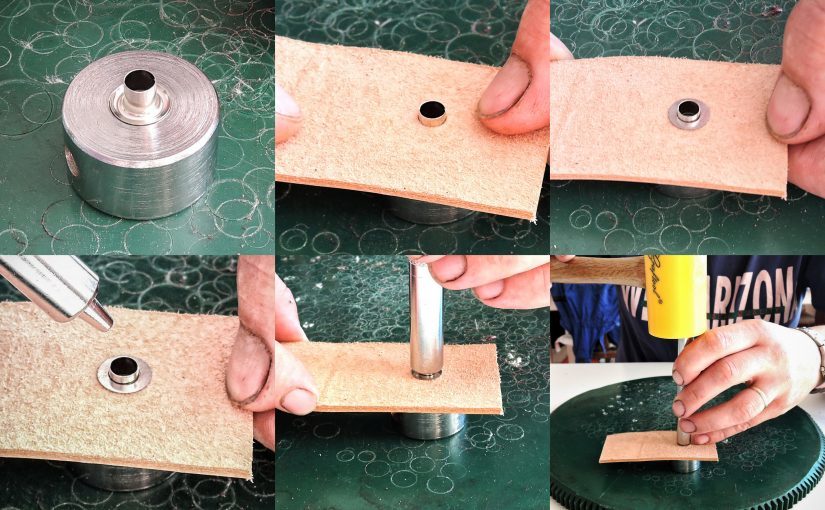
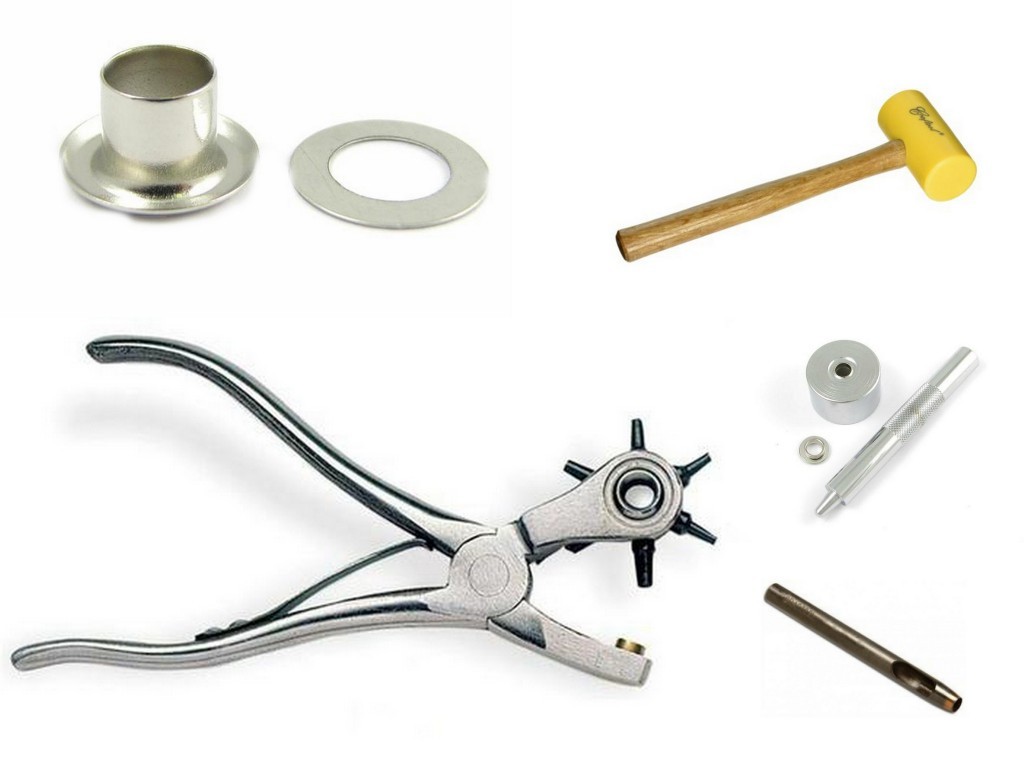
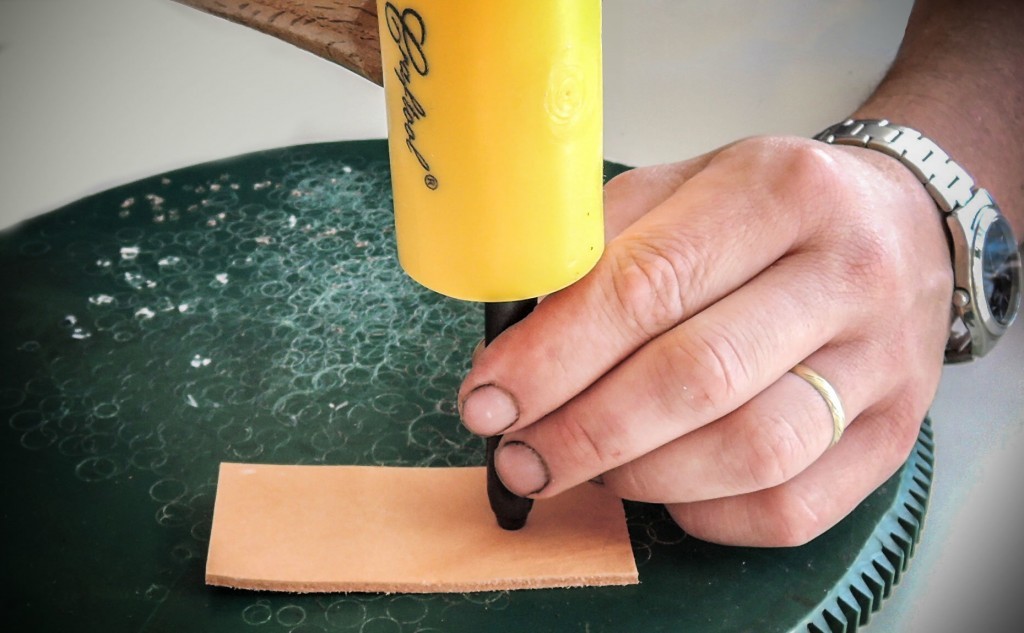
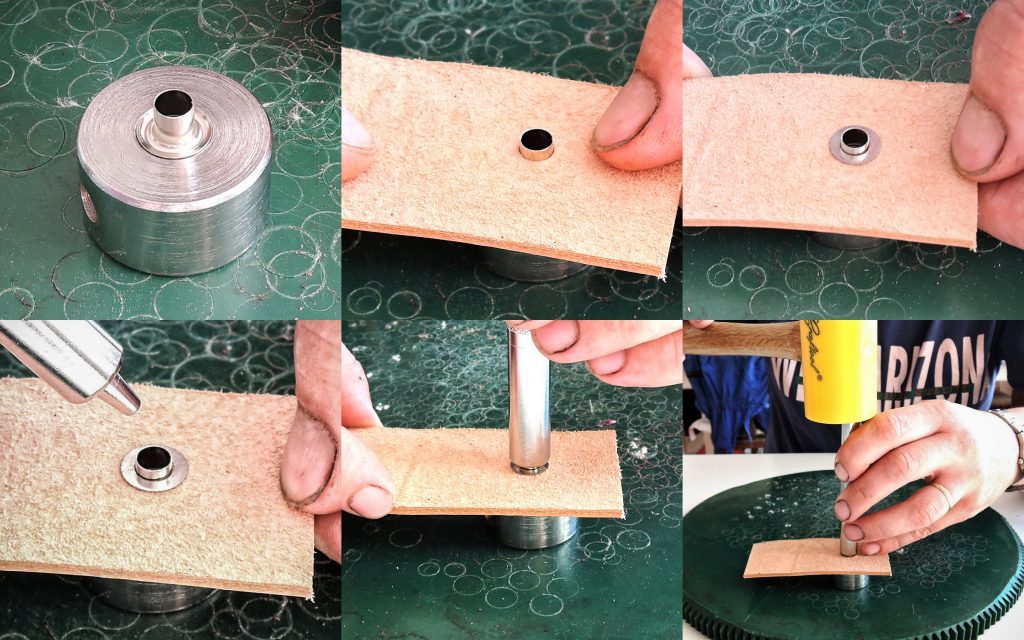
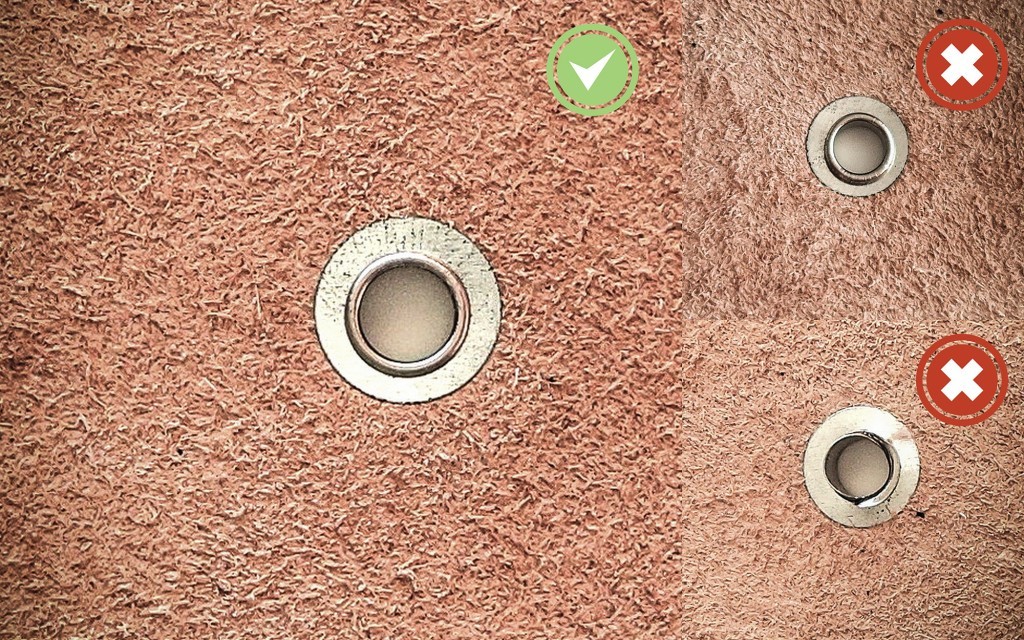
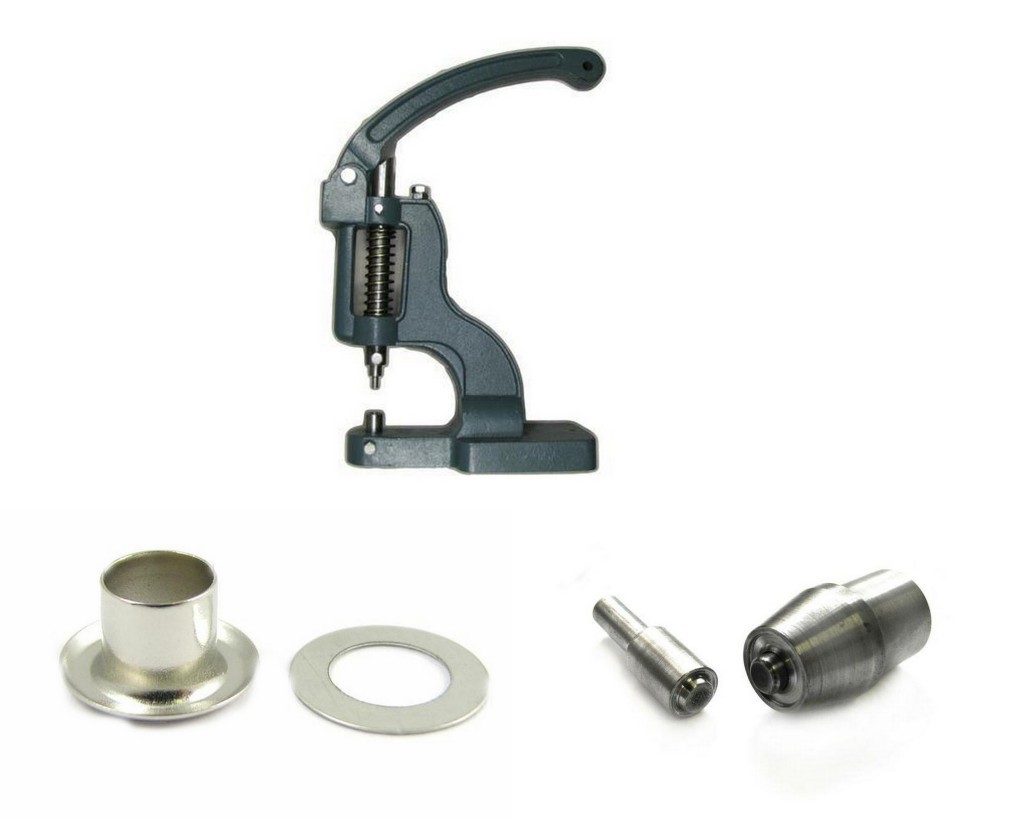
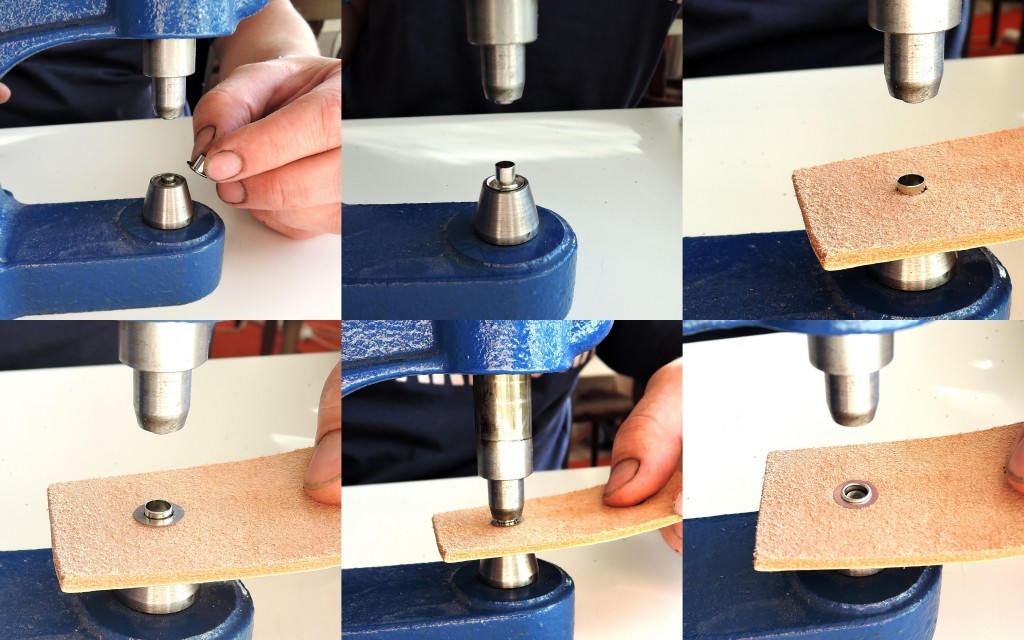
Pethardware.com
The only shop you’ll ever need for crafting collars and leashes.
Visit Pethardware.com